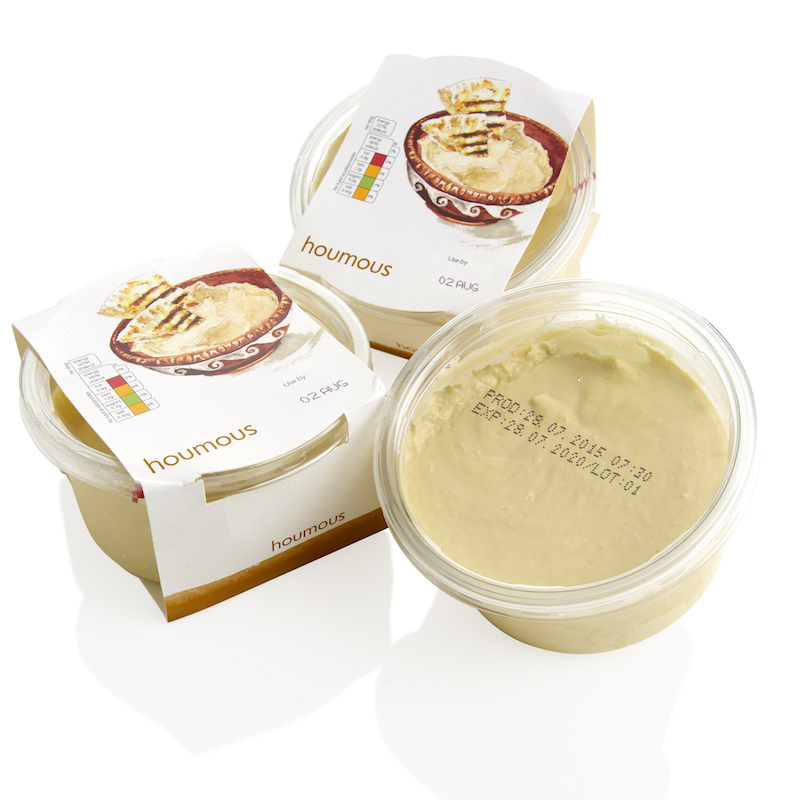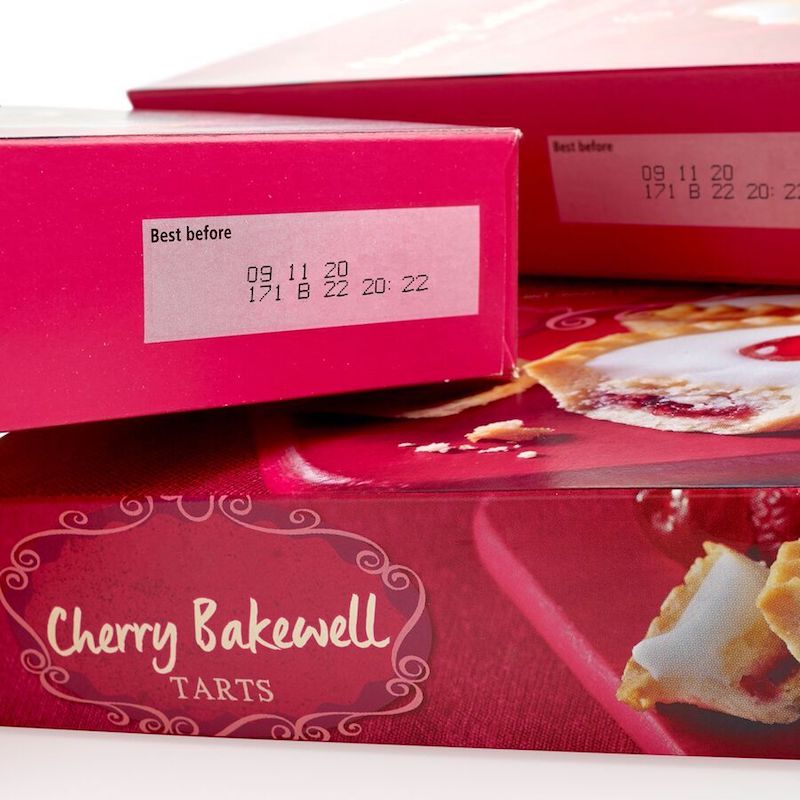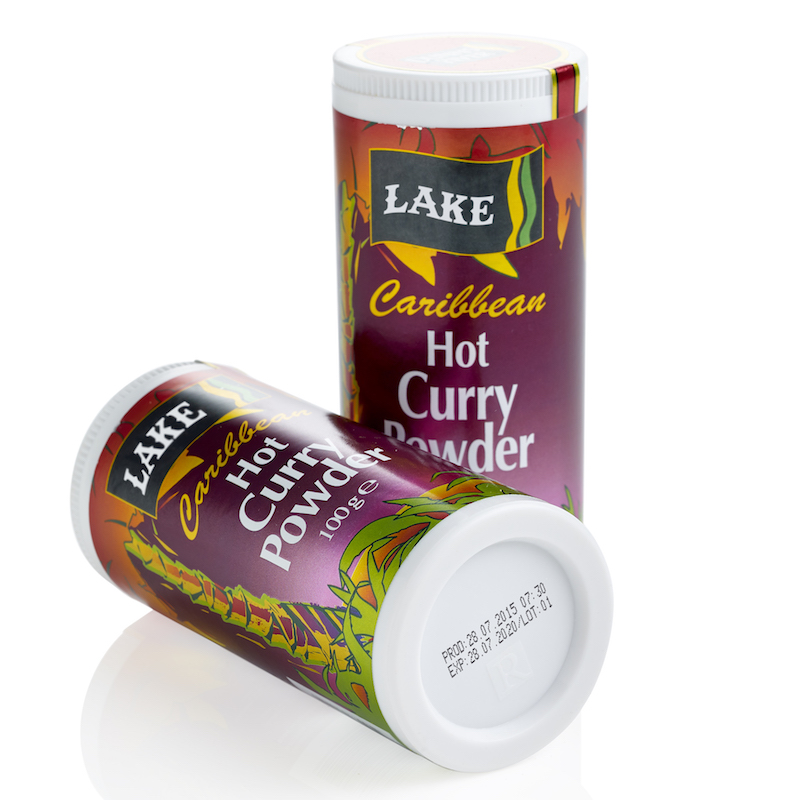Italy has tightened its sanctions for breaching food packaging regulations. Anyone manufacturing, exporting or selling packaged food for the Italian market may need to change their packaging processes to avoid fines and other penalties.
Introducing Italy’s new food packaging legislation

From prosciutTO to pesto, Italy is famous for its cuisine. And behind it, all lies rigorous food safety legislation. Now is the time to make sure you are on the right side of the red tape if you want to avoid the risk of heavy fines.
At the beginning of April 2017, Italy has imposed new sanctions for infringing Regulations EC 1935/2004. But what does this mean for you? These new sanctions cover the use of inks on food contact materials as well as quality assurance. They impact any food packaging that is printed or labelled.
The stricter sanctions consist mainly of (sizeable) fines. For example, you can now be fined up to €60,000 if any inks used in your packaging cause a change in food composition. However, if consumer health is jeopardised, producers and manufacturers could face jail sentences of up to four years.
Manufacturers must also nominate a Business Operator who is responsible for notifying Competent National Authorities of the activity within food contact materials - including intermediaries such as adhesive and printing inks. Failure to do so could land you with a fine of up to €9,000.
How do you stay compliant?
There’s nothing like the threat of a jail term or an €80,000 fine to focus the mind. To be clear: it’s not Italy’s regulations that have changed, but the sanctions for breaching them. Therefore, if you were compliant in March 2017, then you are most likely not to have to change a thing.

For non-direct food contact (nDFC) packaging materials, inks must be made to good manufacturing practice (GMP). They must not transfer their constituents to food in a way that could:
- endanger health
- bring about an unacceptable change in the composition of the food
- bring about a deterioration in organoleptic characteristics.
The same is true for direct food contact (DFC) packaging materials. But crucially the 1935/2004 regulations also include a list of safe materials that are permitted for DFC applications. Many food manufacturers refer to the Swiss List: a roster of safe food packaging ink components.
The big problem with GMP
It may surprise you to learn that GMP (good manufacturing practice) is not a term with a universal definition. Yes, the term is used widely. But it has no specific meaning and so no specific set of requirements. The interpretation of GMP is largely down to the manufacturer.

And herein lies the problem. ‘Good’ is a subjective term. How do you know that the material you purchase from one supplier is made to the same standard as another? How can you be sure that the inks you source for your application are of the required standard across different suppliers?
Quality, compliant inks that you can count on
Have you heard of the European Printing Inks Association? For many years the EuPIA has worked to control printing ink safety hazards and develop strategies that help ink manufacturers enhance consumer safety through food packaging. As part of this the EuPIA developed a standard entitled Good Manufacturing Practice: Printing Inks for Food Contact Materials.
An unglamorous name perhaps, but a vitally important document. Globally it’s the only independent document relating to the use of printing inks for food contact materials. It brings cohesion to complex manufacturing standards. And it gives food manufacturers confidence that the inks they purchase are traceable to consistent processes and components. Compliance with the EuPIA GMP demonstrates compliance with the law.
Domino joined EuPIA in 2008 and is the only supplier of coding and marking equipment to have signed the EuPIA Compliance Commitment. We are leading the industry by ensuring that our coding inks and ribbons are suitable for their intended application and produced in a way that clearly abides food contact packaging laws. Each food packaging ink we produce is rigorously tested to ensure reliability and consistency. The result is compliance as well as code quality.
Helping you find the right ink, every time
It’s easy to get caught out by compliance. Just because an ink has been designed and manufactured to EuPIA GMP standards doesn’t mean that it’s a suitable ink for all applications. Different applications require different inks.
As part of our EuPIA commitment all Domino’s sales, support and development staff have been trained to identify an application and then only recommend the correct ink for that application. You can be sure that your local representative understands both your coding requirements and the regulatory landscape you are operating in.
What next?
In response to the change in Italy’s food packaging legislation, we have written a short white paper that clearly explains everything you need to know. Take a look here. Otherwise, rest assured that with Domino the inks and ribbons you purchase for coding and marking will support your status within local and international food safety legislation and certification schemes.